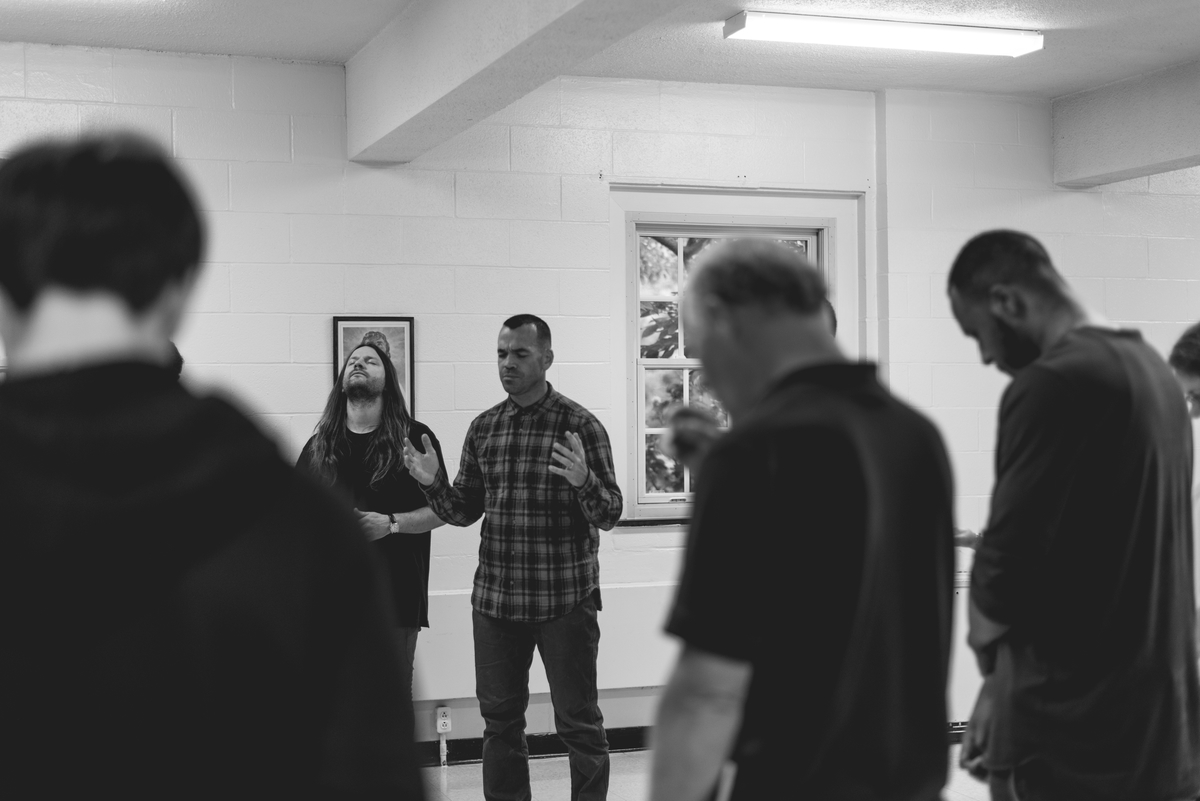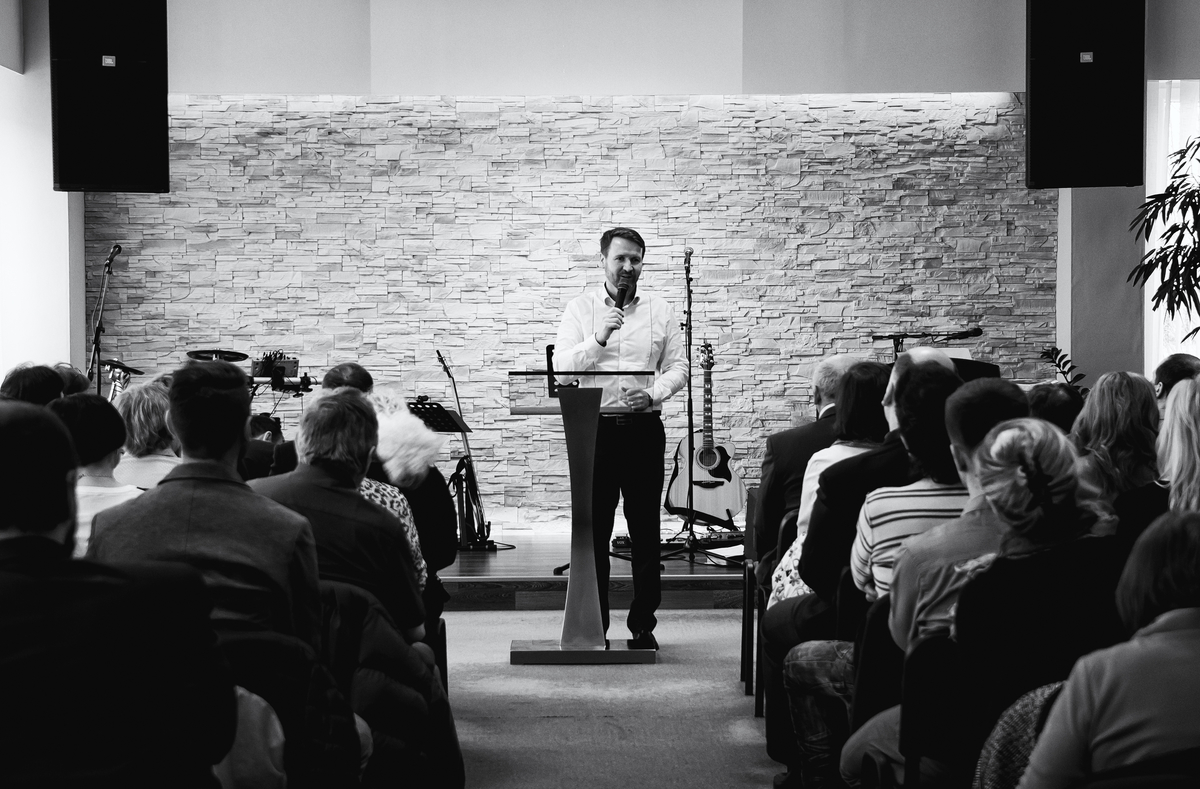It has been nearly eight years since Simple Church was first released. Now after eight years of discussions and observations with church leaders, I am offering a series of blog posts on the five most significant lessons learned since then. The last post was about the proclivity for churches to drift. The second lesson is this:
2) Thinking “process” is a mammoth shift.
We never intended for Simple Church to be considered a church model. The book opened with “This is not a church model.” There are so many unaddressed issues (intentionally so) that prevent the book from being a comprehensive church model. We are not comfortable with or capable of suggesting an all-encompassing church model. The proclivity of leaders to look for another church model is a sign of the church’s shallowness and not its maturity.
Based on our research and on Scripture, we are convinced that all churches, regardless of the model they choose, should have a process for making disciples. If a church is not clear on their discipleship process, people will move in a multitude of directions. Process is essential.
During the Great Awakening, there were two famous preachers: George Whitefield and John Wesley. Most would say Whitefield was the superior orator. He was known as the phenomenal communicator of his day. But years later, as historians would compare the impact of Whitefield’s ministry to Wesley’s, they discovered Wesley was much more effective.
Whitefield showed up and preached. He did so well and faithfully. But his ministry was confined to the preaching of the Word, which we firmly believe is absolutely essential. Wesley, though, was committed to more than just the event where he would proclaim the message. He worked hard on developing a process that moved people to classes, organized people in groups, and then challenged them to engage the world. Wesley did not just preach. He cared about what happened after; he cared about implementing a discipleship process. Wesley understood process. That process became known as Methodism.
Here are some recent observations related to designing a process in your church:
View discipleship as the whole process.
People have often asked, “Where does discipleship fit into the process?” The question reveals a faulty definition of discipleship because the question is typically about curriculum or learning environments. We have often equated discipleship with information. Discipleship is not about information. It is about transformation. The end result of discipleship is not knowledge but obedience. When you design a process for discipleship, view discipleship as the whole process.
Be careful not to over-program early in your discipleship process.
A mistake we have seen played out multiple times is when church leaders craft (or borrow) a new vision or mission statement and quickly throw all their existing programs under the new statement. The old just gets baptized with new nomenclature.
Church leaders find a new statement and dump all their existing programs into the new statement. It is painful to observe after we wrote a book proclaiming the need to program minimally around a discipleship process. The problem with the re-categorization approach is that if leaders just place everything they are doing under a new phrase, they have not really designed a process for spiritual transformation. They have merely re-organized programs.
A major consequence embedded in haphazard re-categorization is that church leaders will unintentionally hold people early in the articulated discipleship process. Because people only have so much time, over-programming early in a discipleship process prevents people from moving to steps placed deeper in the process.
For example, imagine XYZ church articulates that in their discipleship process they desire to move people from large worship environments to places of biblical community to places of mission engagement. Perhaps they say, “Our vision is to exalt, encourage, and engage.” But XYZ church merely re-categorizes all their programming under their new statement. They place Sunday morning worship services and Sunday night worship services under “exalt.” Under “encourage,” they place Sunday school, discipleship groups, home prayer groups, men’s ministry, women’s ministry, and a plethora of other things. Each week in their worship services, the leaders compete for time to promote their “encourage” programs.
Do you see the problem? If someone actually went to all of the programs promoted, the individual would be at six different things each week. And he or she still has not served nor engaged unbelievers outside the church. Over-programming early in your process competes with your process. Over-programming hampers the body by complicating the lives of church members to the point that there is no margin for service or mission.
Mission must be deeply embedded in your process.
We are concerned that some church processes end with the church. In other words, the end result of some discipleship processes in the church is the church itself. If your discipleship process sounds like, “Come to our church, get connected, and help us do church better,” you need to repent of too shallow a vision for discipleship. Surely the end result of discipleship is not your church merely doing church better.






